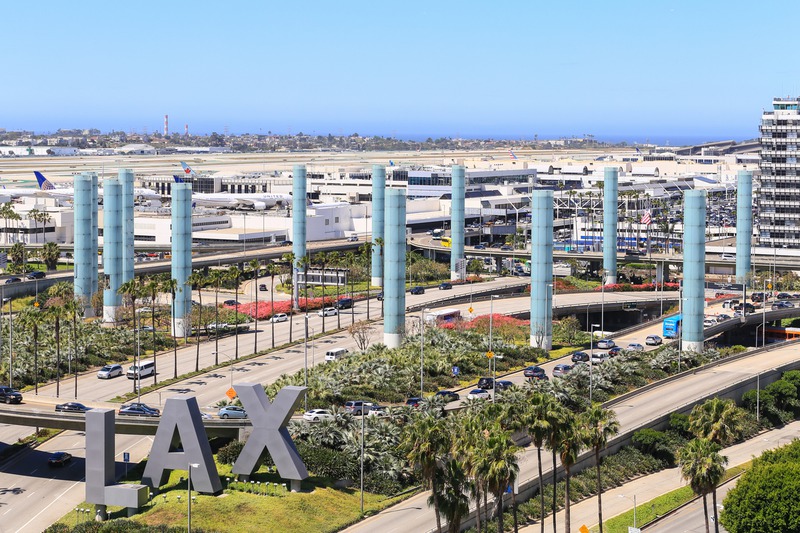Planning a corporate retreat can be an exciting yet daunting task. The success of your event hinges on meticulous planning and flawless execution. From selecting the perfect venue to ensuring everyone gets there on time, there are hundreds of details to consider. To make your life easier, we’ve created a complete checklist to help you manage your corporate retreat logistics effectively. Let’s get into it.
1. Setting Objectives and Budget
Determine Your Goals
Before diving into logistics, you need to know what you’re aiming for. What do you hope to achieve with this retreat? Is it team-building, strategic planning, or simply a break to recharge? Clear objectives will guide all your planning decisions.
Budget Planning
Outline your budget based on these goals. Factor in costs for the venue, transportation, meals, activities, and any additional amenities. Stick to your budget to avoid unwelcome surprises down the line.
2. Choosing the Right Venue
Location Matters
Choose a location that aligns with your goals. A serene countryside might be ideal for strategic planning, while a bustling city center could be fantastic for team-building activities.
Venue Checklist
-
Proximity to Airports and Transportation
-
Adequate Meeting Spaces and Accommodations
-
On-site Amenities (Wi-Fi, A/V Equipment, Catering)
-
Accessibility for All Participants
3. Transportation and Accommodation
Travel Logistics
Coordinate all travel arrangements well in advance. Book flights, arrange for airport transfers, and consider car rentals if needed. Ensure everyone has the information they need for a smooth trip.
Accommodation Arrangements
Make sure the venue offers comfortable accommodations. Opt for a place where everyone can stay close to the retreat activities to minimize transit time and logistics hassles.
4. Meals and Catering
Food and Beverage Planning
Food is often a make-or-break aspect of any event. Work closely with the venue’s catering to plan a menu that caters to various dietary preferences and needs. Include options for vegetarian, vegan, gluten-free, and other special diets.
Meal Timing and Setup
-
Set Meal Times to Fit Your Schedule
-
Include Coffee Breaks and Snack Options
-
Arrange for Welcome and Farewell Meals
5. Activities and Team-Building
Plan Ahead
Select activities that align with your retreat’s objectives. Whether it’s workshops, outdoor adventures, or team-building games, ensure there’s a good mix to keep everyone engaged.
Activity Checklist
-
Choose Activities that Foster Team Spirit
-
Balance Between Work and Play
-
Include Free Time for Networking and Relaxation
6. Technology and A/V Needs
Tech Requirements
Make a list of all your technological needs. Do you require projectors, microphones, or high-speed internet? Confirm these with the venue ahead of time.
Backup Plans
Always have a backup plan for technology. If possible, bring extra cables, adapters, and even a spare laptop. Technical hiccups should not ruin your schedule.
7. Communication and Coordination
Pre-Retreat Communication
Keep everyone informed with regular updates leading up to the retreat. Use emails, newsletters, or even a dedicated project management tool to share itineraries, travel details, and what to expect.
On-Site Coordination
Appoint a coordinator or a small team responsible for on-site logistics. They should be the people to contact for any immediate concerns and ensure everything runs smoothly.
8. Health and Safety
Medical Preparations
Ensure you have a first-aid kit and know the location of the nearest medical facilities. Make arrangements for participants with any specific medical needs.
Emergency Protocols
-
Establish Clear Guidelines for Emergencies
-
Share Emergency Contact Numbers
-
Conduct a Brief Safety Orientation
9. Feedback and Follow-Up
Gather Feedback
Gather feedback from participants after the retreat. This will give you insights into what went well and areas for improvement. Use surveys, forms, or even informal discussions for this purpose.
Analyze and Plan Ahead
Use the feedback to refine future retreats. Analyze what worked and what didn’t, helping you make the next event even better.
Working with experts can streamline many of these processes. Visit https://www.monikerpartners.com/ for their experience, which can save you time and stress and ensure your retreat is well-organized and impactful.
10. Venue Contracts and Agreements
Understanding the Fine Print
Before signing any contracts, ensure you read and understand all the terms and conditions. Make sure everything discussed is included in the agreement, from extra meal options to additional meeting rooms.
Key Elements to Look For
-
Cancellation Policies
-
Payment Schedules
-
Extra Costs and Hidden Fees
11. Entertainment and Leisure
Planning Fun Activities
While work is essential, don’t forget to plan some fun. Options could include local tours, spa days, or even a simple movie night. These moments of relaxation are just as important as the more structured activities.
Balance is Key
A balance between work and leisure ensures everyone gets the most out of the retreat. It provides a holistic experience that fosters both professional and personal growth.
What’s a corporate retreat in the USA without some quintessential local experiences? Include activities that allow your team to explore and enjoy local culture. It adds an extra layer of enjoyment and makes the retreat memorable.
Tracking Success
Final Day Preparations
On the last day, ensure all final activities are wrapped up and everything is in order for departure. Check if all transport arrangements are confirmed and if any last-minute tasks need to be addressed.
Review and Report
After the retreat, create a comprehensive review and report. This should include participant feedback, financial reconciliations, and overall success metrics. Share this with stakeholders to demonstrate the value of the retreat.
For your next work retreat, consider all these elements and integrate them into your planning process. Following this checklist will help ensure your event is a phenomenal success, leaving everyone excited for the next one.
Final Thoughts
An effectively planned corporate retreat can transform your team’s dynamics, boost morale, and foster creativity. By meticulously managing logistics and incorporating diverse activities, you create an enriching experience for everyone. Use this guide as your roadmap, ensuring every detail aligns with your objectives. Ready to elevate your next retreat? Follow these steps and watch your team return refreshed, connected, and more motivated than ever.





